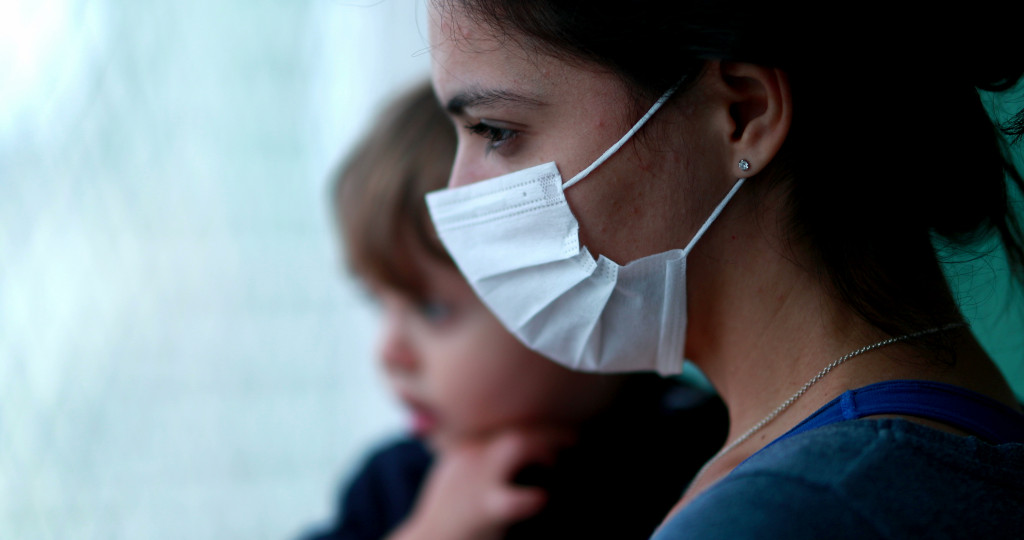- The Coronavirus pandemic has had drastic economic, social, and healthcare consequences.
- Governments have implemented austerity measures to offset economic losses and prioritize economic recovery while maintaining safety protocols.
- Social isolation has reached an all-time high due to the pandemic.
- Healthcare systems have had to quickly adapt to meet increased demand for care and increase testing capacity.
It has been more than a year since the start of the Coronavirus pandemic, and a post-pandemic world will be drastically different from the pre-pandemic world. The economic and social effects of the pandemic have caused immense disruption to you. Still, they have also given people opportunities to rethink how people approach their lives, work, and relationships. Here are some current challenges faced in a post-pandemic COVID-19 world.
Economic Challenges
The global economy has been severely affected by the pandemic. Millions of jobs have been lost due to business closures or reduced demand for goods and services caused by consumer uncertainty.
This has resulted in an increase in poverty and inequality as well as a decrease in consumer spending, which puts additional strain on businesses already struggling to stay afloat.
Furthermore, governments worldwide have had to implement austerity measures and budget cuts to offset some of these economic losses. As such, governments must prioritize economic recovery efforts while maintaining social distancing protocols to mitigate further losses.

Social Challenges
The pandemic has caused drastic changes to many aspects of everyday life, including education, healthcare, entertainment, travel, and recreation. Schools worldwide have had to close their doors while healthcare systems have been forced to adapt quickly to meet the increased demand for care.
Additionally, people are increasingly turning towards digital platforms for entertainment as traditional forms are unavailable due to pandemic restrictions. Lastly, travel restrictions imposed by governments mean that people cannot visit family members or go on vacation, leading to increased feelings of isolation and loneliness in many individuals. Because of these things, social isolation has reached an all-time high.
Healthcare Challenges
The most immediate challenge posed by COVID-19 is its impact on public health systems worldwide. The virus spread quickly through populations due mainly to limited testing capacity and inadequate contact tracing measures taken by many countries early in the pandemic.
As such, there is now an urgent need for increased testing capacity as well as improved contact tracing procedures so that new outbreaks can be contained quickly before they become overwhelming for healthcare systems worldwide.
Technologies Helping Against These Challenges
There is also a need for increased resources dedicated to developing effective treatments and vaccines so that people can be protected against future outbreaks of coronavirus variants should they occur. Navigating a post-pandemic COVID-19 world presents several challenges across multiple. Thankfully, technologies are helping deal with these problems. Here are some of those technologies:

Telehealth Solutions
The outbreak of COVID-19 had an especially drastic impact on hospitals and healthcare facilities worldwide due to the need for additional space for quarantine zones and treatment areas. To help reduce strain on these facilities, telehealth solutions have been implemented so that patients can receive medical care without ever having to leave their homes. These are great ways to do healthcare consulting. These consultations are also much faster and more convenient than traditional face-to-face consultations.
Additionally, this provides convenience for patients and helps reduce overcrowding at healthcare facilities, reducing the risk of potential exposure and infection among staff members. Telehealth solutions may include video conferencing between doctors and patients or remote monitoring devices that collect vital signs from home settings; regardless of the method used, they all help ensure that patients get access to quality care while staying safe at home during this time.
Contactless Payment Systems
One of the ways technology is helping people stay safe is through contactless payment systems. Instead of handling cash or exchanging credit cards with strangers, contactless payments allow users to pay for goods and services without ever having to contact another person. These digital payment systems use wireless technology (like near-field communication) to enable payments from a mobile device and other contactless methods such as tap-to-pay cards and QR codes. As a result, contactless payment systems are safer than traditional methods and can make transactions more convenient for both customers and businesses alike.
Robotics & Automation
As businesses strive to adhere to strict social distancing protocols to keep their staff and customers safe, robotics and automation have become increasingly important tools for streamlining operations with minimal human intervention. In many industries – such as food service, hospitality, and transportation – robots are now being used in place of humans to provide services like delivering supplies or cleaning rooms. Automation has also helped increase efficiency in other areas by automating mundane tasks like data entry or customer service inquiries so that employees can focus on more critical aspects of their jobs while maintaining social distance standards.







